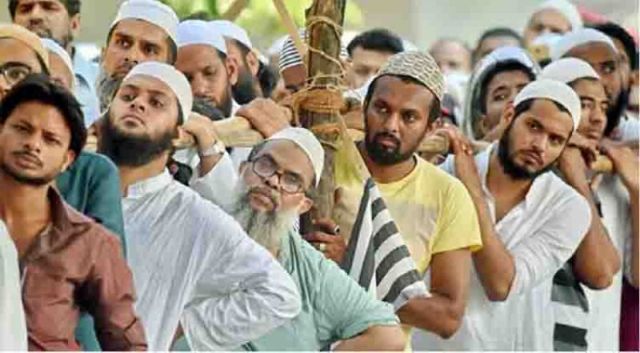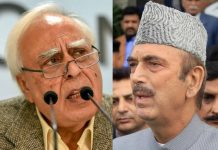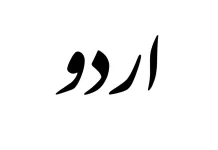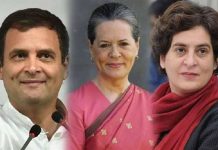Muslims continue to face physical and mental atrocities in spite of the safeguards guaranteed in Indian Constitution
Dr. Suraiya Tabassum siyasat.net
Human Rights Watch Report 2021 highlights incidents of threaten, harass, and attack on religious minorities with impunity in today’s India. Such behaviour is a result of structured violence, loosening democratic values and principles.
Structural violence refers to a form of violence wherein social structures or social institutions harm people by preventing them from meeting their basic needs. Although less visible, it is by far the most lethal form of violence, through causing excess deaths—deaths that would not occur in more equal societies. The term structural violence was coined by Johan Gultang, a Norwegian Sociologist. In his 1969 article titled, “Violence, Peace and Peace Research, scholar argued that structural violence explained the negative power of social institutions and systems of social organization among marginalized communities.
As per 2011 Census of India Muslims form 14.3 percent of the total Indian population, which is the second largest Muslim population in the world, next to Indonesia. The demographic spread of Muslims covers almost every state and union territory of India. Muslims represent a majority of the local population in Lakshadweep and Jammu and Kashmir. The largest concentration about 47 percent of all Muslims in India, live in the three States—Uttar Pradesh, West Bengal and Bihar. High concentration of Muslims is found in States—Assam, Kerala, Jharkhand and Karnataka. Contemporary Indian Muslim society is characterized by educational and economic backwardness.
More than 80 per cent of Muslims live below the poverty line, earning just Rs. 20 per day. The Report of the National Commission for Enterprises in the Unorganized Sector, 2004, highlights that over the decades while the percentage of the population below the poverty line has come down, in 2004-2005, 77 per cent of people, totaling 836 million, had an income less than twice the official poverty line or below Rs. 20 per day per capita. These are the poor and vulnerable segment of the Indian population. About 79 per cent of the unorganized workers, 88 per cent of the Scheduled Castes and Scheduled Tribes, 80 per cent of the OBC and 84 per cent of Muslims belong to this category of the poor. Low levels of education and poor access to land denies workers access to ‘good jobs’.
The Prime Minister’s High Level Committee Report on the Social, Economic and Educational Status of the Muslim Community of India (2006) headed by Justice Rajender Sachar highlighted a sorry state of the community in terms of the development indicators. Furthermore community members continue to face physical and mental atrocities in spite of the safeguards guaranteed in Indian Constitution and international legal instruments.
Rights protected under Indian Constitution are ample to ensure a safe and dignified life to Indian minorities including Muslims. Article 15 Prohibits discrimination on grounds of religion race cast sex or place of birth, Article 17 Prohibits untouchability, Articles 25 to 30 preserve the right of minorities on grounds of religion, Article 25 provides the right to practice any religion, Article 26 allows religious institutions to be opened, Article 27 provides that no person shall be forced to pay any taxes which is not mandatory, Article 28 provides that there shall be no religious instruction to be followed in any particular educational institutions, Article 29 provides that no citizen shall be denied admission in any educational institution on grounds of religion race caste, Article 30 provides that minority shall not be prohibited from any educational institutions.
The UN Declaration of 1992 mentions ‘National or Ethnic, Religious and Linguistic Minorities’. The Declaration sets essential standards to ensure the rights of persons belonging to minorities and as such is a key reference for United Nations work. It offers guidance to States as they seek to manage diversity and ensure non-discrimination, and for minorities themselves, as they strive to achieve equality and participation.
Kadayam S. Subramanian, a former IPS officer in his writing piece, published in Leaflet –Constitution First 2019, emphasised that Indian needs a special law to protect and promote minority rights in the criminal justice system. The Constitution of India needs amendment to take into account the violence especially against the Muslim minority that has been going on for a long time and has intensified recently.
State along with its institutional mechanism is the custodian of the Constitution, hope it becomes the reality and atrocities against Muslims and other minorities end. It calls for an urgency to introspect
( The writer is a social Scientist based at Delhi.she is also a researcher, trainer, teacher and a writer, currently working as an Assistant Professor, Sarojini Naidu Centre for Women’s Studies, Jamia Millia Islamia)
(www.siyasat.net is Ahmedabad, Gujarat, India based Website, powered by Gujarat siyasat, a Fortnightly)
An Appeal For The Sake Of Upright & Fearless Brand Of Journalism
To sustain and improve our coverage. Gujarat siyasat- a vernacular Fortnightly and English٫ Hindi Website www.siyasat.net
Your little but timely support is needed۔
Bank details، GUJARAT SIYASAT, Current Account 204720110000318, ifsc code BKID0002047 BANK OF INDIA , VASNA BRANCH, AHMEDABAD GUJARAT INDIA
Also on Phone pay, Paytm,Google pay +91 9925531111
We hope you help and see siyasat.net grow. And rejoice that your contribution has made it possible.
सत्य को ज़िंदा रखने की इस मुहिम में आपका सहयोग बेहद ज़रूरी है। आपसे मिली सहयोग राशि हमारे लिए संजीवनी का कार्य करेगी और हमे इस मार्ग पर निरंतर चलने के लिए प्रेरित करेगी। याद रखिये ! सत्य विचलित हो सकता है पराजित नहीं।
Regards,
Abdulhafiz Lakhani
Ahmedabad GUJARAT,India
































